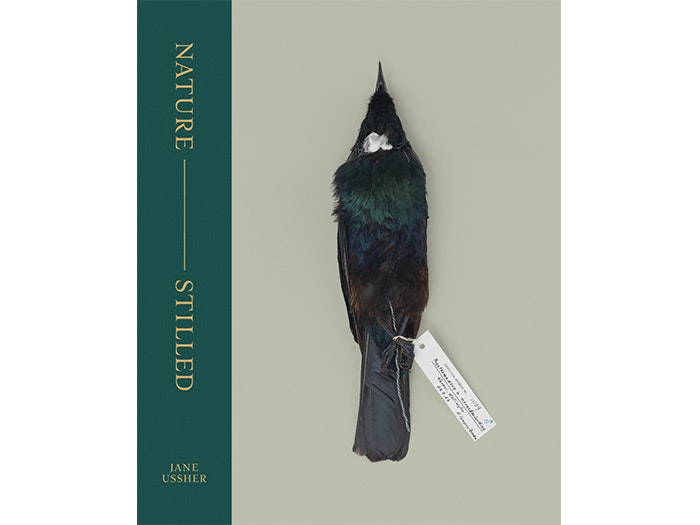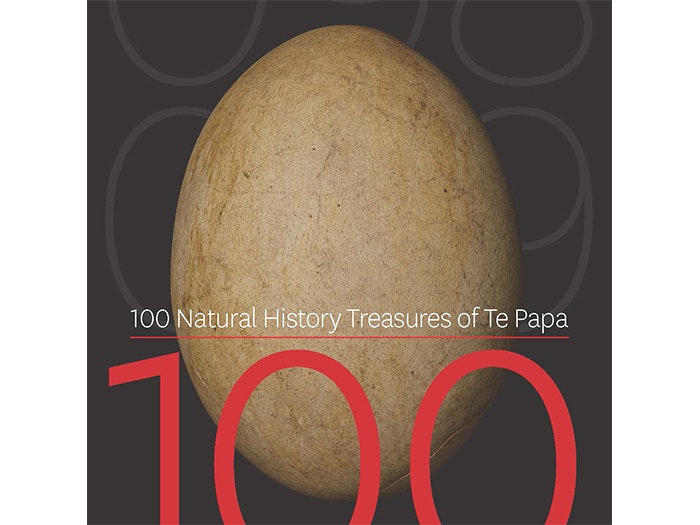
Nature — Stilled
Stunning photographs of remarkable natural history specimens from the Museum of New Zealand Te Papa Tongarewa
Free museum entry for New Zealanders and people living in New Zealand
Open every day 10am-6pm
(except Christmas Day)
Free museum entry for New Zealanders and people living in New Zealand
Jane Ussher discusses Nature — Stilled with Te Papa Press
Jane Ussher MNZM is one of New Zealand’s best-known photographers. The staff photographer for the New Zealand Listener for many years, she now has her own photography practice and regularly works for leading magazines and book publishers. Her many books include Coast: A New Zealand Journey (with Bruce Ansley), Worship: A History of New Zealand Church Design (with Bill McKay), The New Zealand Horse (with Deborah Coddington), Face to Face (with Paul Moon), Hillary’s Antarctica (with Nigel Watson), Islands: A New Zealand Journey (with Bruce Ansley) and Still Life: Inside the Antarctic Huts of Scott and Shackleton (with Nigel Watson).
In 2018 I was commissioned to take a series of portraits of Te Papa curators and collection managers at the museum’s Tory Street natural history collection. While I was looking for suitable locations I was shown some of the collections. I had no idea these objects, which are not on display to the public, existed and was astounded by their rare beauty. The idea of creating a book to document these hidden treasures seemed to be a way of not only making them accessible to the public but also celebrating the dedication of the collectors and curators.
To get to even view the collections if you are a member of the public is rare but the degree of cooperation this book required was unprecedented.
Exhausting and exhilarating. Photography for me is a lot about problem solving and with so many different objects there were always questions about what was appropriate, what would create the most beautiful image and what was achievable. I was reliant on the curators and collection managers to place the objects in front of the camera so we had to work very closely. It was very time consuming but once we could both see the result it was extremely rewarding.
Extraordinary, beautiful, poignant and challenging.
This was a collaborative process that started months before the photography. I spent time with each member of the natural history team, being shown the collections, and from there a short list was made that included rare or important specimens and then allowed some latitude to include objects or groups that I found so compelling either because of their beauty or some other indefinable quality which meant that I felt the book wouldn’t be complete without them.
Heart breaking actually, especially the study skins of the two female little spotted kiwi chicks from Kāpiti. The spotted kiwi is now extinct on the mainland and only 1200 populate Kāpiti Island so seeing these particular skins was challenging.
That would be the fish. I had anticipated having to shoot in them in the steel tanks they are stored in. I was dreading photographing this collection as I couldn’t think of a solution and they were the last group left to do when everything else had been going so well. This challenge seemed insurmountable until one of the curators came up with the perfect solution of putting the specimens on Perspex which I underlit so they glowed. Brilliant.
Not really. I had the luxury of spending days with each of the collections and grew to appreciate the diversity and idiosyncrasies of each group. Also because I had the luxury of working with each curator I started to see how they perceived different objects and this really opened my eyes to their beauty in a way I hadn’t anticipated.
All curators are busy not only with vital research but also managing their own collections. Each of them is passionate about their area of expertise and their infectious enthusiasm for the objects in their care was contagious. The best thing for me was how willing and eager they were to educate me. I learnt an extraordinary amount about the objects I was photographing.
I hope the reader will share my joy at discovering these vast collections that very few members of the public have the privilege of accessing, an opportunity to see specimens that are now extremely rare, extinct or endangered. I was compelled to do this book because I was astonished by the beauty and richness that I saw in the various collections. The colour and diversity of the species plus the care that has gone into protecting and collecting them over the decades is breathtaking. If I have been able to communicate this passion I will feel that the time I spent with the natural history team has been worthwhile.

Stunning photographs of remarkable natural history specimens from the Museum of New Zealand Te Papa Tongarewa

An insider’s guide to the natural treasures of New Zealand’s national museum.
